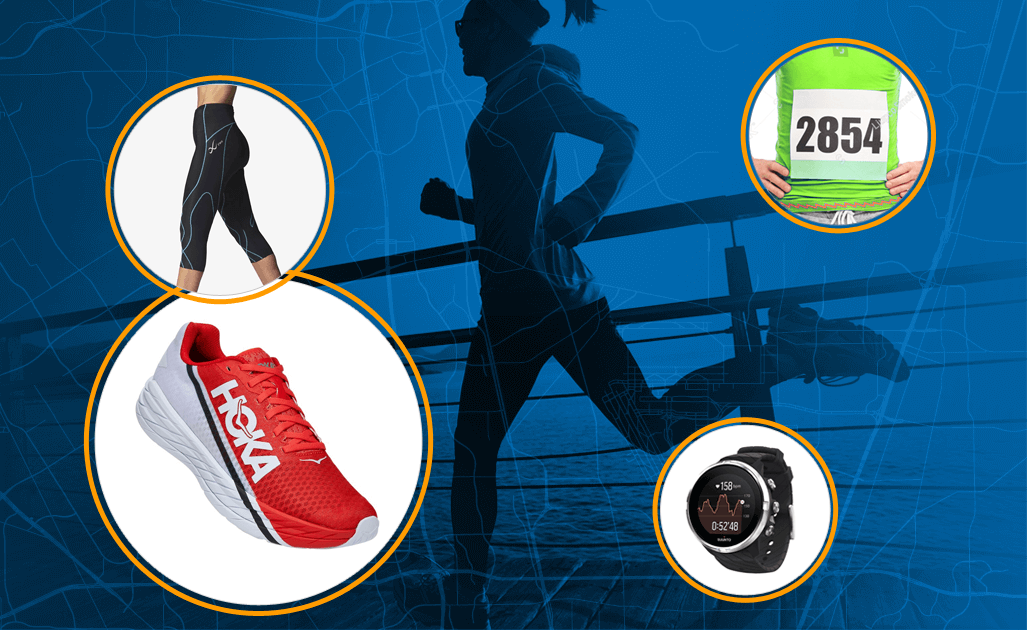To runners, rest days mean:
But what about yoga for runners?
Can we do yoga on the days when we’re supposed to do nothing?
Yes!
Lucky for runners, yin yoga offers many yoga poses for runners and sequences to take your rest days to the next level.
In other words, yin yoga was made for runners’ rest days.
What to do in each pose:
Common limitations in the pose and how to accommodate them:
Another version:
If sitting with wide legs is comfortable:
To come out of it:
Precautions:
If you do not feel you need to sit on anything, then move to the version on photos two and three:
If the hips have space to go deeper, lower the left forearm to the mat and press into the right inner thigh with the right hand (photo two)
If the hips are strong enough (photo three):
Version One (photo one):
Version Two (photo two):
More on Yoga for Runners
About Brynn, registered yoga teacher and Inhale Exhale Run founder
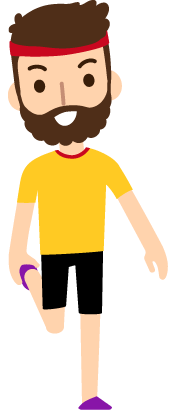
Login to your account to leave a comment.
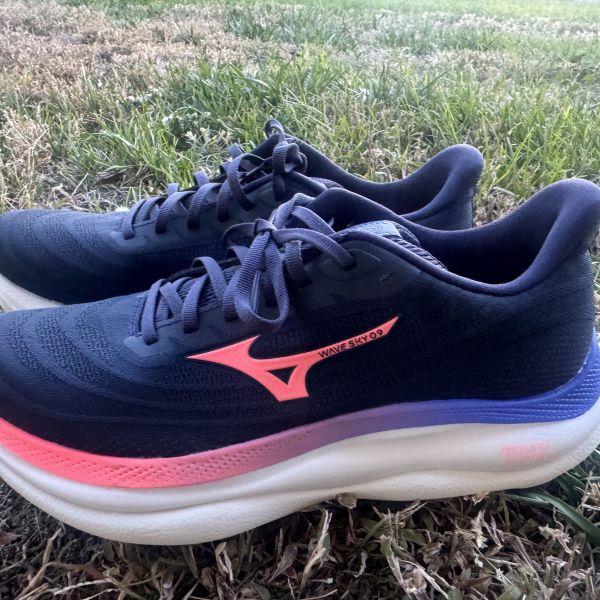

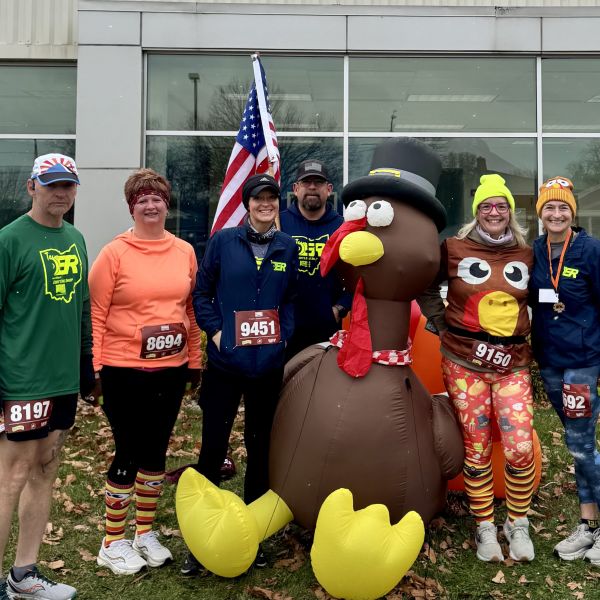
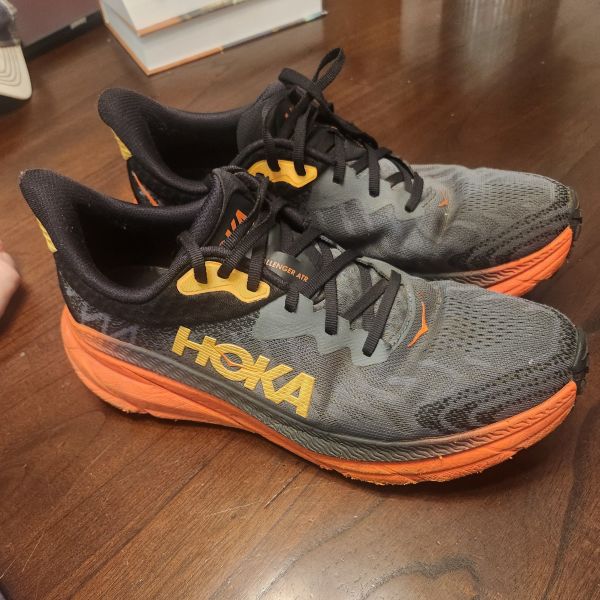
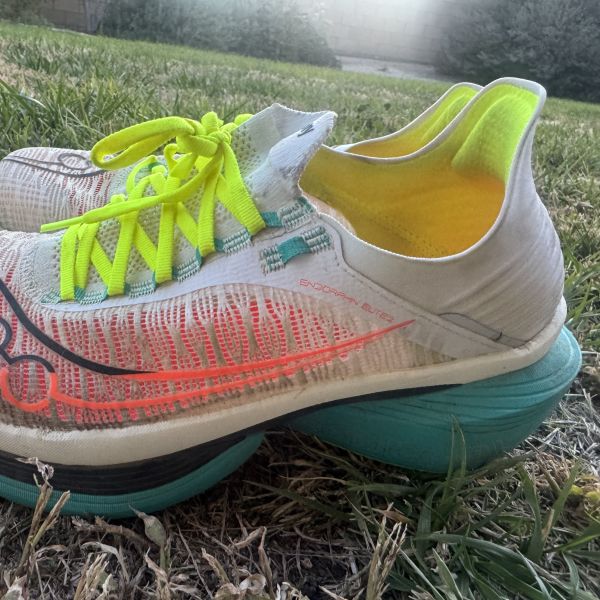
We Want to Give it to You!
